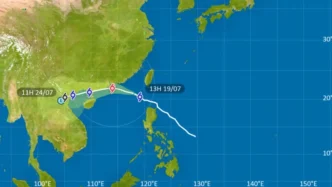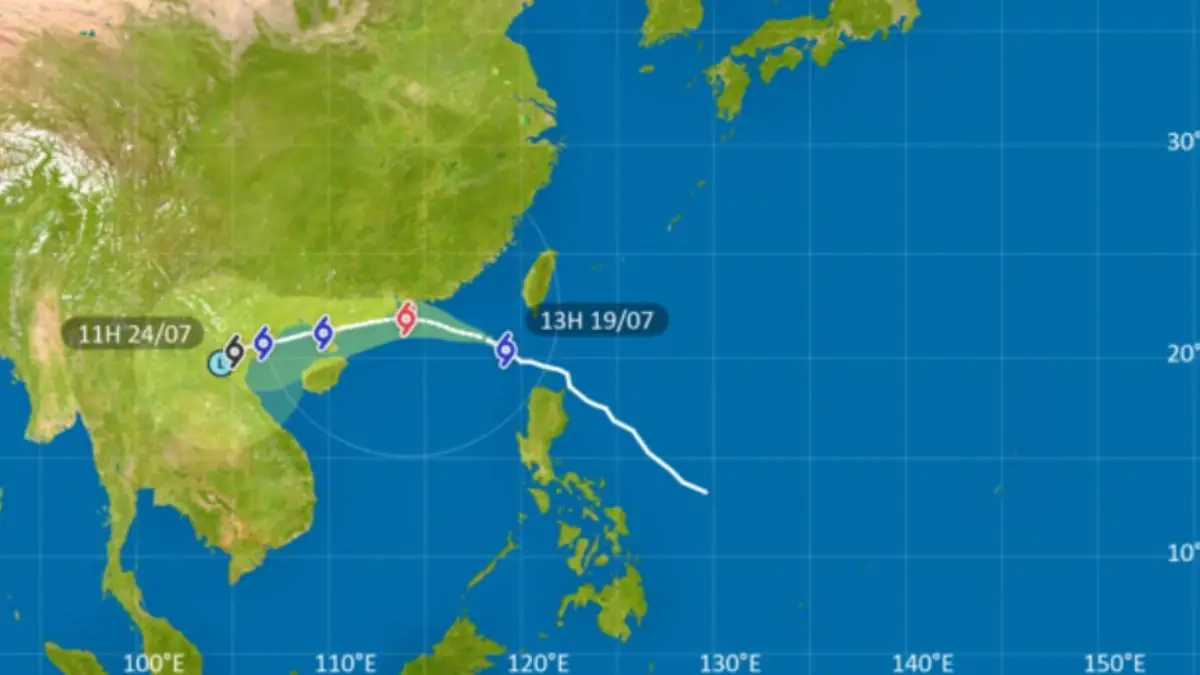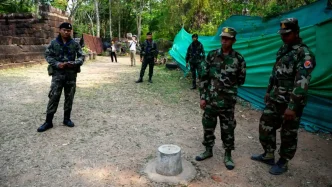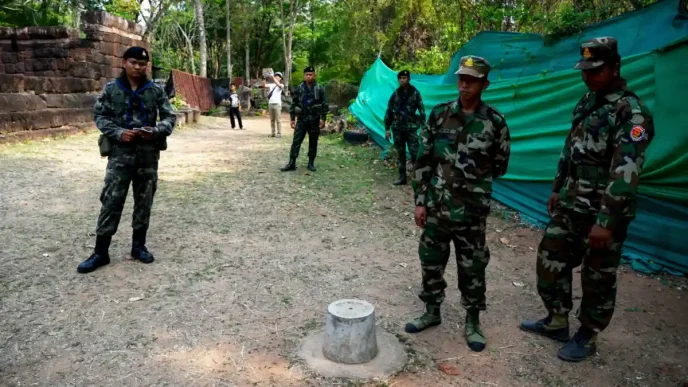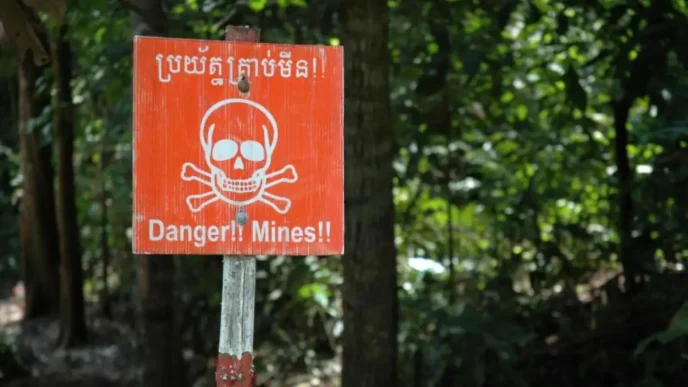Thailand is on high alert as Tropical Storm Wipha brings heavy to very heavy rainfall across much of the country, with the Thai Meteorological Department issuing a nationwide weather advisory for Monday, July 21, through Tuesday, July 22. Bangkok and other key regions face significant risks of thunderstorms and flooding, while marine conditions deteriorate in the Andaman Sea and Gulf of Thailand, posing dangers to fishermen and boat operators.
Storm Wipha’s Path and Impact
The Thai Meteorological Department has warned of intense rainfall driven by a strengthening southwesterly monsoon affecting the Andaman Sea, Thailand, and the Gulf of Thailand, compounded by the influence of Tropical Storm Wipha. Having made landfall in southern Guangdong province, China, on Sunday evening, the storm’s center was located over Maoming by 10pm, moving westward. It is expected to reach the Gulf of Tonkin before hitting northern Vietnam between July 21 and 22. Thai authorities are closely monitoring its trajectory, as it could bring further impacts to the country’s upper regions in the coming days.
In its 24-hour forecast, the department highlighted areas most at risk of severe downpours, including Bueng Kan, Nakhon Phanom, Chanthaburi, Trat, and Ranong. Residents in these provinces, particularly those in foothill zones, near waterways, and low-lying areas, are urged to prepare for flash floods and runoff. Bangkok and its metropolitan area face a 70% chance of thunderstorms, with some areas expecting heavy rainfall, raising concerns about urban flooding in the densely populated capital.
Regional Weather Breakdown
The storm’s effects vary across Thailand’s regions, with the eastern region facing the highest probability of rainfall at 80%. Provinces such as Nakhon Nayok, Prachin Buri, Rayong, Chanthaburi, and Trat are bracing for very heavy rain, accompanied by strong winds and rough seas with waves of 2 to 3 meters, exceeding 3 meters in stormy areas. In the northeastern region, 60% of the area is expected to experience thunderstorms, with very heavy rain forecast for Loei, Nong Khai, Bueng Kan, Udon Thani, Sakon Nakhon, Nakhon Phanom, and Mukdahan.
The central region, including provinces like Nakhon Sawan, Uthai Thani, and Kanchanaburi, also faces a 70% chance of thunderstorms and heavy rain. Meanwhile, the northern region anticipates thunderstorms across 60% of its area, affecting Chiang Rai, Phayao, Nan, and Phitsanulok, among others. The southern region’s west coast, particularly Ranong and Phang Nga, is set for very heavy rain, while the east coast expects heavy showers in Phetchaburi and Chumphon.
Marine Warnings and Safety Concerns
Marine conditions are worsening, especially in the upper Andaman Sea, where waves are forecast to reach 2 to 4 meters, and may exceed 4 meters during thunderstorms. In the lower Andaman Sea and upper Gulf of Thailand, wave heights of 2 to 3 meters are expected, rising above 3 meters in stormy zones. The Thai Meteorological Department has urged fishermen and boat operators to exercise extreme caution and avoid navigating through thunderstorm areas. Small boats in these regions are advised to remain ashore until conditions stabilize.
The deteriorating sea conditions pose a significant threat to Thailand’s coastal communities, many of which rely on fishing and maritime activities for their livelihoods. The advisory underscores the potential for disrupted trade and transport in these vital waterways, with authorities emphasizing the need for vigilance as the storm progresses.
Public Safety and Preparedness
With flash floods and runoff posing immediate risks, local authorities are mobilizing resources to assist vulnerable communities. Residents in high-risk areas are being advised to secure their properties, stock up on essentials, and stay updated on weather alerts. In Bangkok, where urban infrastructure often struggles with heavy rainfall, officials are preparing drainage systems and emergency response teams to mitigate potential flooding.
The broader implications of Tropical Storm Wipha extend beyond immediate safety concerns. Thailand has faced recurring challenges with monsoon-related flooding, which often results in significant economic losses, particularly in agricultural and tourism sectors. As the storm’s path remains uncertain, its potential to exacerbate existing vulnerabilities in rural and urban areas alike is a growing concern for policymakers and disaster response units.
Looking Ahead
As Tropical Storm Wipha continues its westward movement, its full impact on Thailand remains to be seen. With the possibility of further rainfall in the upper regions as the storm approaches northern Vietnam, authorities and residents alike are bracing for a challenging few days. The Thai Meteorological Department’s ongoing monitoring will be crucial in providing timely updates and ensuring that communities are adequately prepared for any escalation in weather conditions.
For now, the focus remains on safeguarding lives and property across the nation, as Thailand navigates the dual threats of heavy rain and rough seas brought by this powerful tropical storm.

